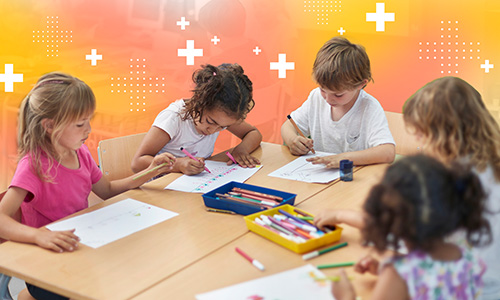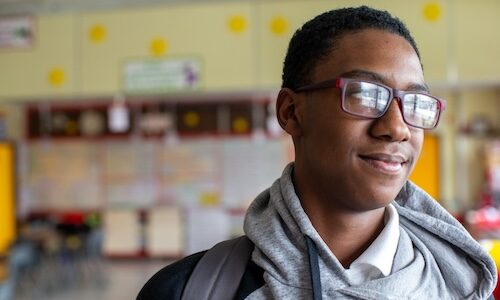
Summer is over, and many kids are heading back to school having lost some skills or knowledge from the previous school year. I wrote earlier this summer about how MAP Growth provides unique insights into summer learning loss in elementary and middle school. Specifically, we found that on average students dropped between 2-5 RIT points (the score given on the MAP Growth test) in math and reading in each summer term between third and eighth grade.
Using data from the MAP Growth reading and mathematics assessments, I examined whether achievement gaps between students of different races/ethnicities and students in high-poverty schools widen during the summer. While the average student loses ground during the summer, there is a large deal of variability across students, with some students showing gains during the summer and other students showing dramatically larger losses than the average student.
However, student race/ethnicity and being enrolled in a high-poverty school explain almost none of the variation between students in summer drop.
Average summer learning loss in math and reading does not appear to differ greatly by race/ethnicity. The difference between racial/ethnic groups in average summer drop is typically less than one RIT point. Here is an example based on one year of data from 2012-13: in summer after fourth grade, White students drop an average of 1.7 points in reading, while Black students drop an average of 1.9 points, Hispanic students drop an average of 1.5 points, and Asian students drop an average of .7 points. In comparison, an average fourth student improves by 7 RIT points during the school year. While average group differences are small, we see large variation within each group, indicating a wide range of summer experiences.
We also examined patterns of summer learning loss by school poverty level, which was measured by the percentage of students in the school receiving free or reduced priced lunch (FRPL). Figure 1 compares the distribution of summer learning drop/gains on the RIT scale across grade levels and FRPL levels. The horizontal black line represents the median summer loss for each group, and the boxes represent the 25th to 75th percentile range. The difference in median summer learning loss between students in low-poverty (0-25% FRPL) and high-poverty (75-100% FRPL) schools was around 1 RIT point in the summer after third, sixth, and seventh grade, but was close to zero in the remaining grades. A remarkable finding seen in this plot is that in most grades, the top 25 percent of students shows gains (in the magnitude of 3 or more RIT points), rather than losses.
Figure 1. Distribution of summer learning loss in math by grade and school free and reduced-price lunch (FRPL) status

The large variability we see in summer learning rates is indicative of the large discrepancies in learning opportunities available to students during the summer. Recognizing that summer learning loss is a problem, some leaders are already exploring solutions. Recently, Oregon Senators Merkley and Wyden introduced the Summer Learning and Meals Act of 2018 to provide additional learning opportunities by keeping school libraries open in communities already providing summer meals. Improving the availability of summer educational opportunities will likely help to close the large gaps we see between students who make gains and students who lose ground over the summer.








